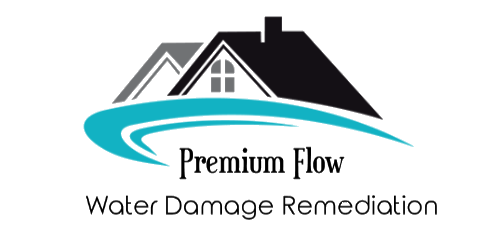Mold is notorious for producing spores that, when inhaled can cause anything from rashes to headaches. People at risk include those who are very young or old; have compromised immune systems due medical conditions such as cancer treatment side effects (i e., proton therapy); are allergic/sensitive like asthma patients with mold sensitivity in their homes – even if they do not know what caused it yet!
To remove black mold from hard surfaces, follow these steps:
- Combine 1 part bleach with 2 parts water in a spray bottle and spritz the affected area.
- Let the solution sit for 10 minutes. The mold should start to fade away on its own, but if areas of stubborn mold remain, use a coarse brush (for larger areas) or old toothbrush (for smaller areas) to scrub the mold away.
- Rinse the surface thoroughly with water afterward.
To use baking soda
- Mix it with small amounts of water to form a paste.
- Apply it to the mold, let it sit for 10 minutes, then use a brush to scrub it off. Other household cleaning products, including soap and water, will usually do the trick, too.
How to Paint a Mold-Resistant Bathroom
- Ventilate Your Bathroom
Ventilation is important to remove moisture from the air. A squeegee can be used after every use in a shower or tub, depending on how much water there was when you last took up space inside it!
Misting systems are also useful for keeping things fresh since they make sure all surfaces have been covered by running water damage before moving onto another area of your home decoration project list; this way nothing gets overlooked nor left behind without attention.
- Dry Towels, Bathmats and Shower Curtains
Soft materials found in the bathroom, such as towels, bathmats, and shower curtains, are prime breeding grounds for mold. Allow them to dry properly after each use and launder them regularly.
- Check for Cracked Tile and Wet Drywall
Cracked tiles or chipped grout can allow water to seep through to the drywall or subfloor behind them so repairs should be done immediately. Wet drywall and wood are very susceptible to mold growth, and it’s particularly difficult to eliminate mold that’s growing behind bathroom tile.
- Use the Best Paint for Bathrooms
For painted bathroom walls, use a semi-gloss finish that creates a water damage . Consider using a paint that’s formulated with mold inhibiting antimicrobial agents or adding mold inhibitors to the paint before applying it.
Homeowner’s and Renter’s Guide to Mold Cleanup After Disasters
What Items You Should Toss (and What Can Be Saved) After Mold Removal
